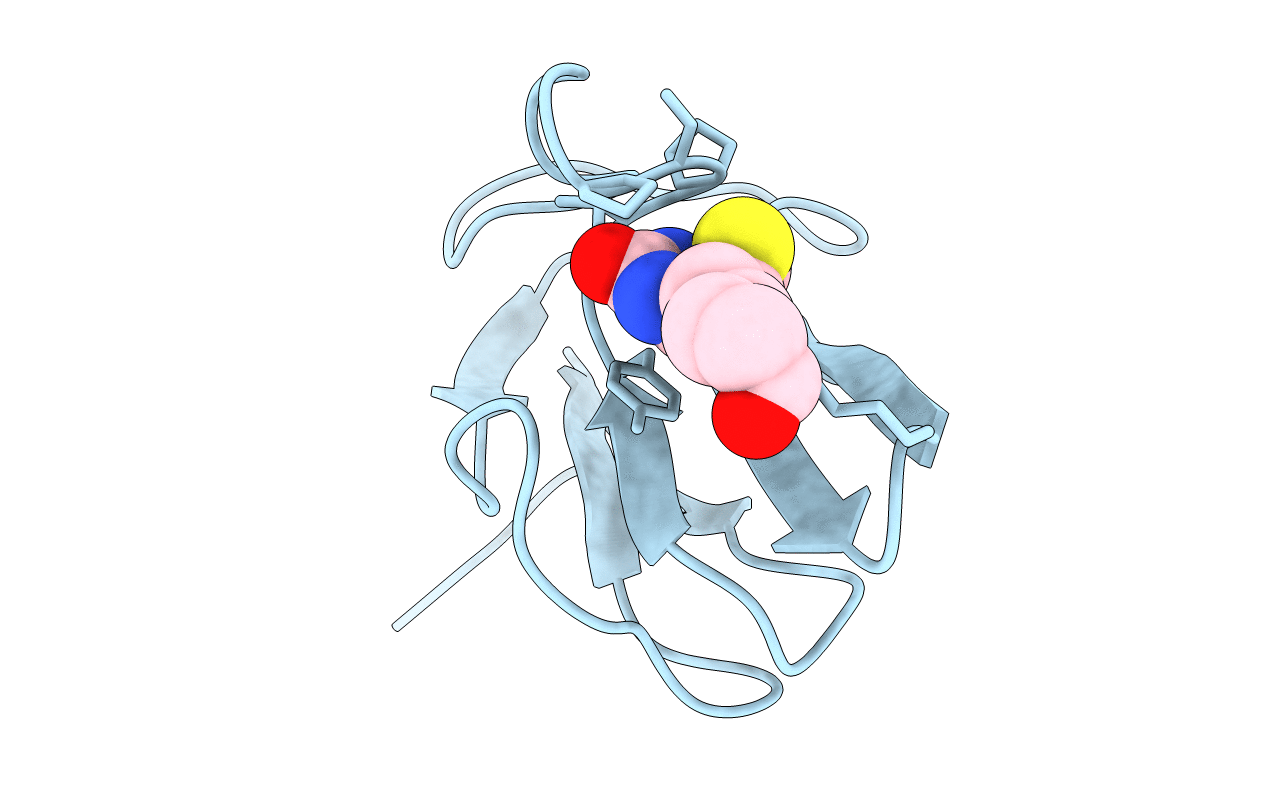
Deposition Date
1995-11-21
Release Date
1996-08-01
Last Version Date
2024-10-23
Entry Detail
PDB ID:
1BDO
Keywords:
Title:
STRUCTURE OF THE BIOTINYL DOMAIN OF ACETYL-COENZYME A CARBOXYLASE DETERMINED BY MAD PHASING
Biological Source:
Source Organism:
Escherichia coli (Taxon ID: 562)
Host Organism:
Method Details:
Experimental Method:
Resolution:
1.80 Å
R-Value Work:
0.18
R-Value Observed:
0.18
Space Group:
P 21 21 2


